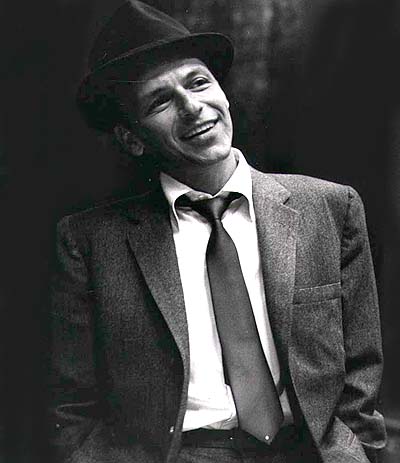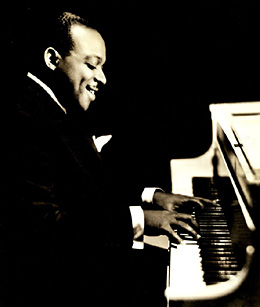 The Golden Age of India, for example, began right around the same time the Middle Ages started in Europe. The Golden Age began when the Gupta Dynasty came to power, and Indian culture began to thrive. Trade, art, literature, religion, music, and science were all flourishing during the Gupta Period.
The Golden Age of India, for example, began right around the same time the Middle Ages started in Europe. The Golden Age began when the Gupta Dynasty came to power, and Indian culture began to thrive. Trade, art, literature, religion, music, and science were all flourishing during the Gupta Period. Trade was booming almost everywhere near the equator during the Medieval Period, including India. Exports included items such as pearls, precious stones, perfumes, indigo, spices, drugs, clothing, coconuts, and ivory; imports included precious metals, dates, camphor, silk, and horses.
Trade was booming almost everywhere near the equator during the Medieval Period, including India. Exports included items such as pearls, precious stones, perfumes, indigo, spices, drugs, clothing, coconuts, and ivory; imports included precious metals, dates, camphor, silk, and horses. Most art and literature was based on the Hinduism or the Buddhist philosophy. Art was mainly composed of sculpture and architecture, and Sanskrit literature of the Medievil Period was comprised of The Vedas, Sutra literature, The Epics, and Classical Sanskrit literature.
Most art and literature was based on the Hinduism or the Buddhist philosophy. Art was mainly composed of sculpture and architecture, and Sanskrit literature of the Medievil Period was comprised of The Vedas, Sutra literature, The Epics, and Classical Sanskrit literature.
*While searching for information about Medieval India, I found a few very interesting websites; among them was iloveindia.com, and was especially interested in the articles on yoga, which I try to do everyday, so the link is to the yoga area. However, if you are interested, you can explore the rest of the website. :)
And, yes, I do realize that there is nothing about Indian music during the Medieval Period on this post, but here is a link to some very amazing traditional Indian music.




